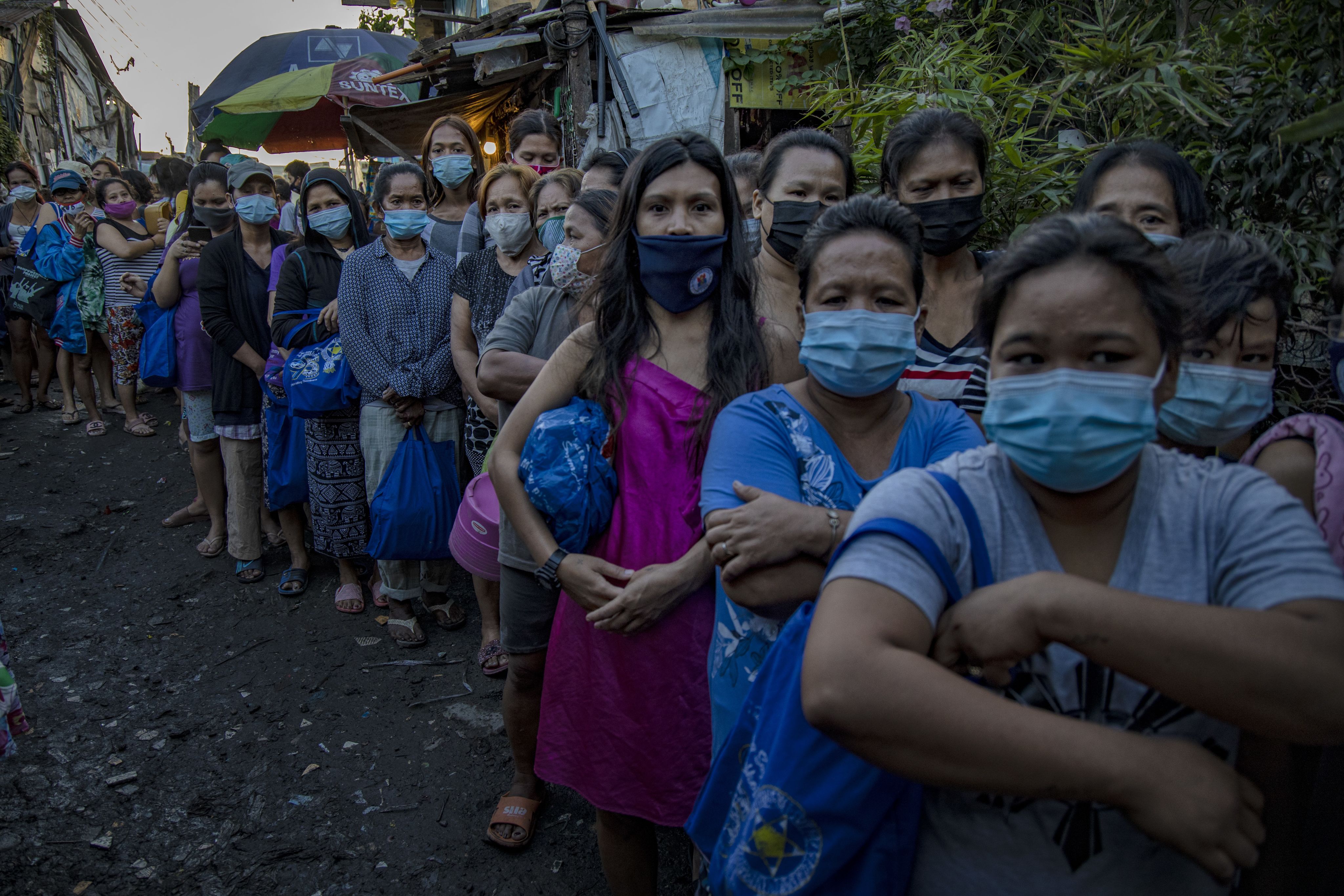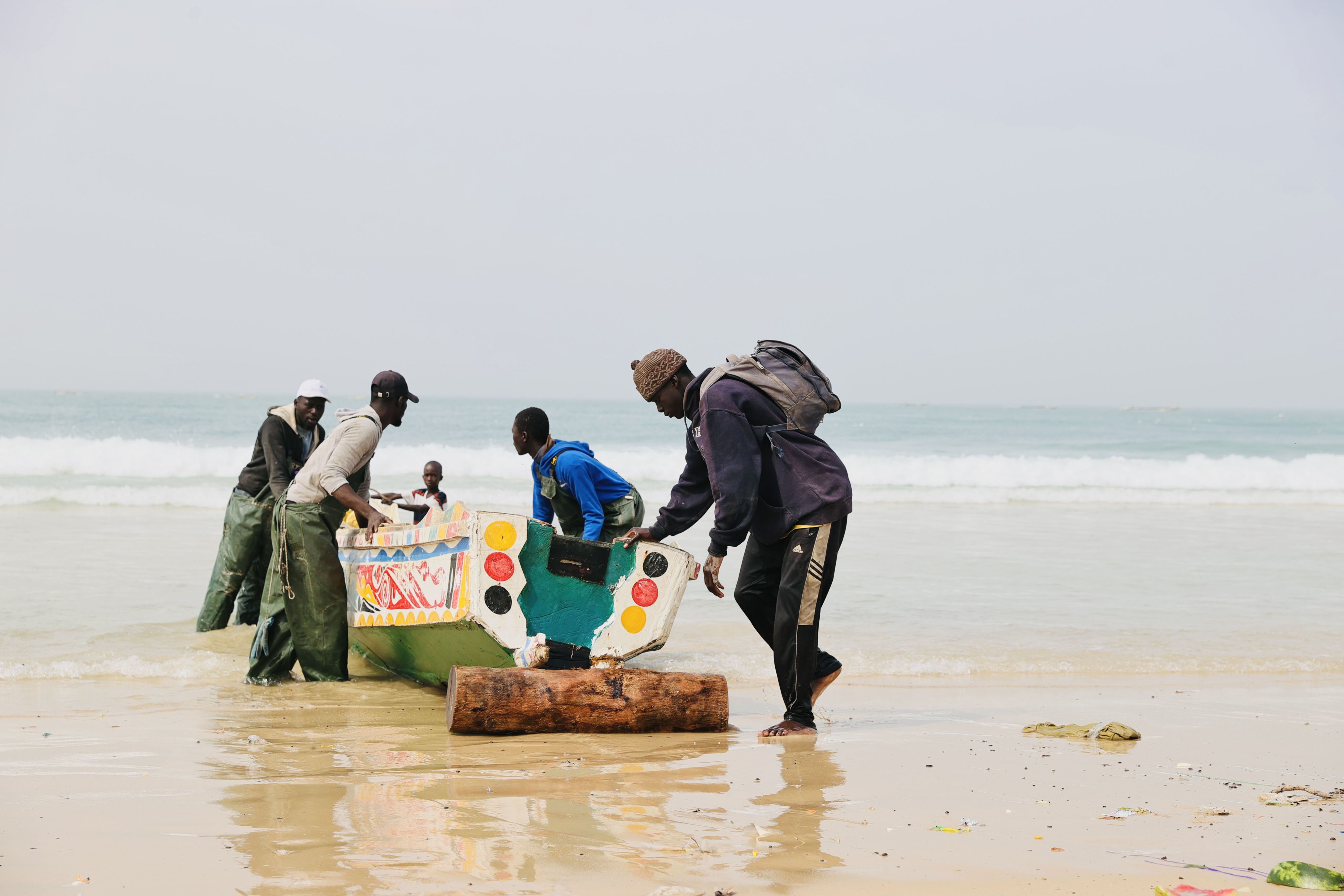COVID-19 Dealt a Historic Blow to Poverty Reduction
Fiscal Policy Can Help Repair the Damage
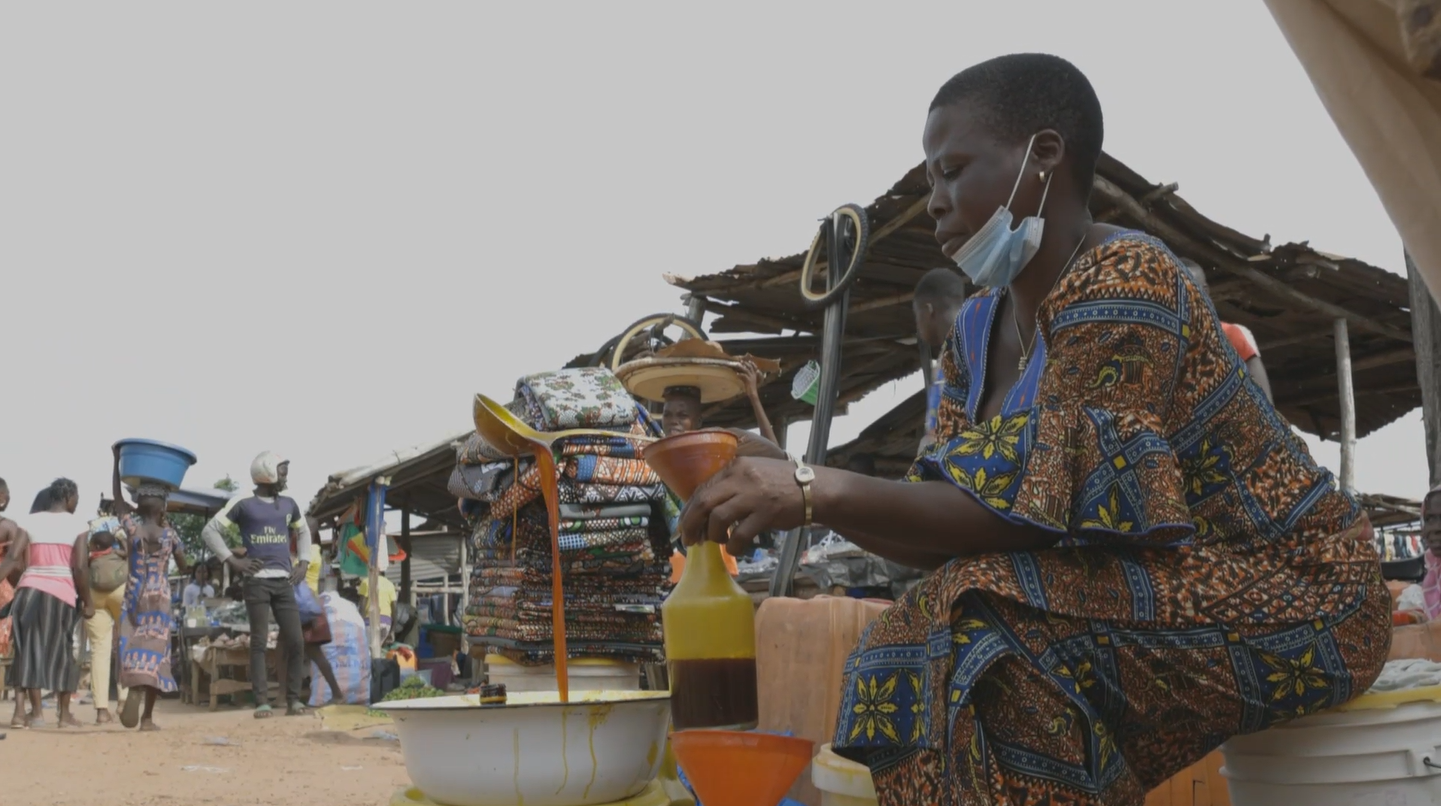
The central market of Djokoto, a village in the Yoto prefecture in southern Togo, is a vibrant, bustling place. Every day it attracts hundreds of people looking to buy food, clothes, and personal-care items. It is also a place where many, including Adjelé Noumekpo, 41, make a living.
But the market went silent in early 2020.
“When COVID hit, we got stuck at home. People could not come to the market to buy our palm oil,” said Noumekpo, a mother of four, referring to lockdowns put in place to curb the spread of the disease.
Deposits that Noumekpo had received through a cash-transfer program in the previous two years proved to be a lifeline, serving as a financial cushion during the difficult time ahead. The money had helped her buy a few animals to start a small co-op and additional supplies of nuts that allowed for an increase in the family’s cooking-oil production.
“My family and I were in such a situation that if we hadn't received those cash transfers, we would have been at the bottom of the barrel. We would have sunk ever since.”
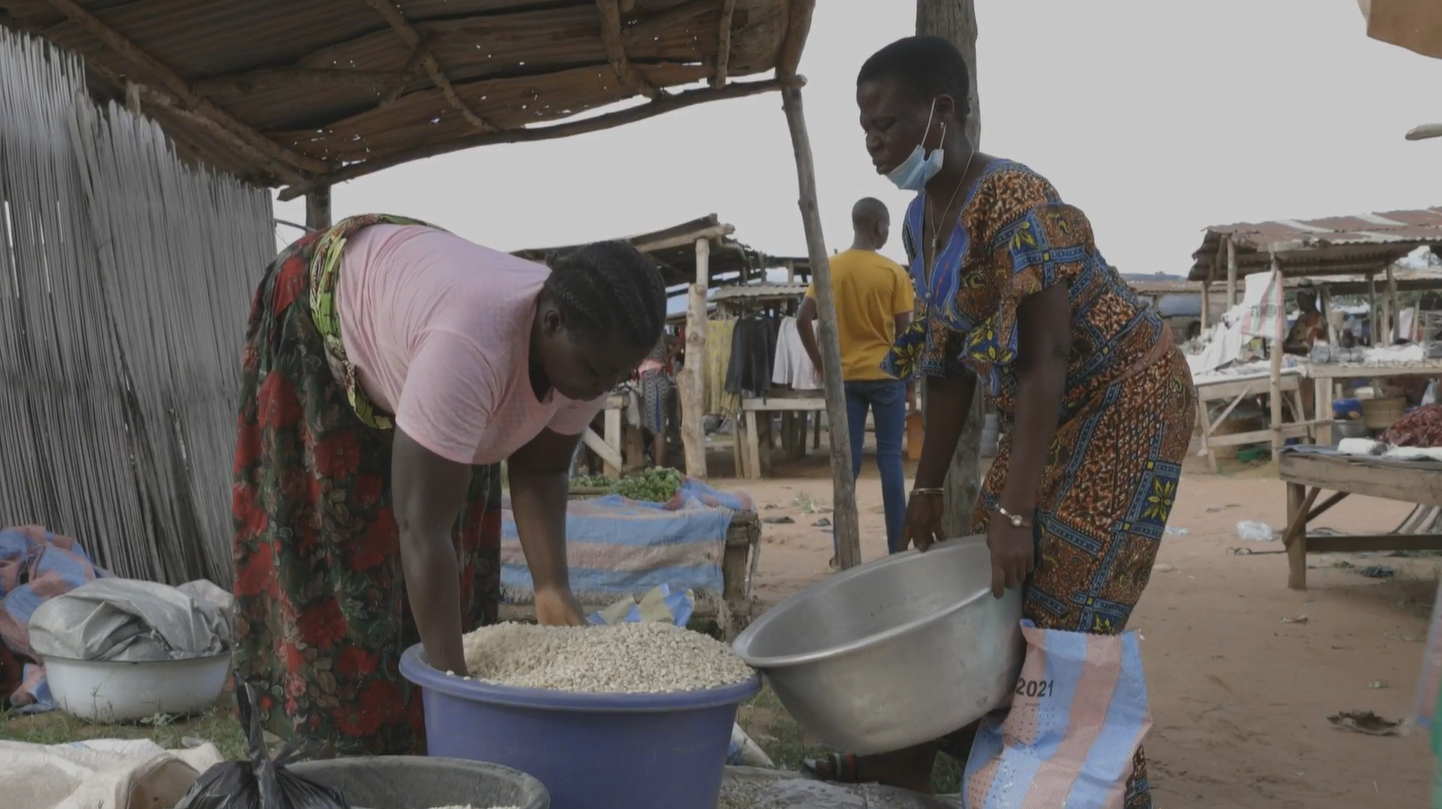
The initiative that benefited Noumekpo and other families in Togo demonstrates that fiscal policy—the use of government spending and taxes to influence the economy—holds considerable potential to protect households against shocks and support them to start earning income again. Yet fiscal measures can yield different results depending on where and how they are implemented, according to a new World Bank study.

Years of lost progress
The COVID-19 pandemic brought the largest setback in decades to global poverty reduction.
Poverty fell from nearly 40 percent of the global population in 1990 to around 8 percent in 2019, with more than a billion people escaping extreme poverty in the period. But the strong pace of progress between 1990 and 2014 fell drastically in the following years and has now stalled. Slower economic growth, conflict, the effects of climate change, and the fact that poverty became more concentrated in harder-to-reach areas all contributed to this slowdown.
Then came the pandemic, with its devastating impact. By the end of 2020, the number of people subsisting on less than $2.15 per day (which defines extreme poverty) rose by nearly 70 million—the largest one-year increase since at least 1990, when monitoring began. In all, 720 million people lived in extreme poverty at the end of the year.
Inequality also rose after decades of convergence. The poorest people bore the greatest burden of COVID—through income losses, rising prices, and interruptions in health and education services. Moreover, the economic recovery since has been uneven. Rich countries are recovering much faster than low- and middle-income economies.
The war in Ukraine and higher food and energy prices have made matters worse. A total of 685 million people could be living in extreme poverty by the end of this year—nearly 90 million more than would have been the case if the pre-COVID pace of poverty reduction had continued. If the forecast materializes, this would be the second-worst year for poverty reduction this century.
As a result, the goal of ending extreme poverty by 2030 is slipping further away. Nearly 7 percent of the global population—roughly 574 million people—will likely still struggle in extreme poverty in 2030. That’s more than double the 3 percent needed to meet the goal.
Fiscal policies made a difference
COVID-19’s impact on poverty in 2020 would have been far worse without the fiscal responses that countries mobilized across the world—in the form of cash-transfer programs, wage subsidies, unemployment benefits, and others.
As of September 2021, over $17 trillion—or 20 percent of the 2020 global gross domestic product (GDP)—had been committed to the pandemic fiscal response. Without the fiscal-policy response, the average poverty rate in developing economies would have been 2.4 percentage points higher than it was in 2020.
But the impact of fiscal measures varied considerably depending on the country, the reports shows.
Most high-income economies managed to fully offset the impact of COVID on poverty through the use of fiscal policy, and upper-middle-income-economies offset half of the impact. Yet low- and lower-middle-income economies offset only a quarter. That was because of limited access to finance, weaker delivery systems, and higher levels of informality, which made protecting jobs much more challenging.
Even before COVID, the use of transfers and subsidies as a tool by a country to offset the burden of taxes on families’ income was limited in most low- and middle-income countries. In two-thirds of low- and middle-income economies, the income of poor households has already fallen by the time taxes are paid and transfers and subsidies received. Here again, the high level of informality is a key challenge: because the tax base is limited, these countries usually opt for indirect taxes, such as sales taxes, which tend to benefit wealthier households.
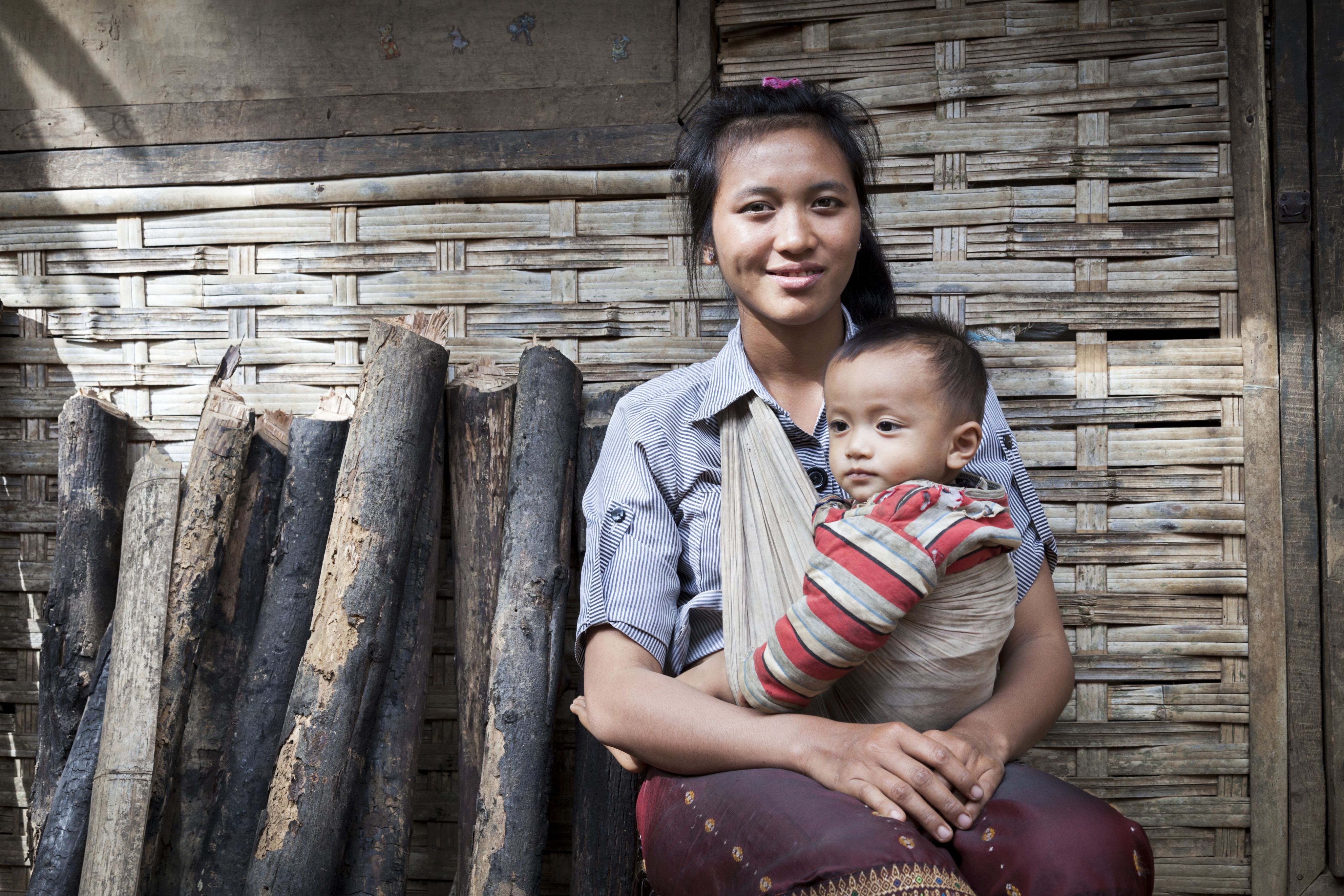
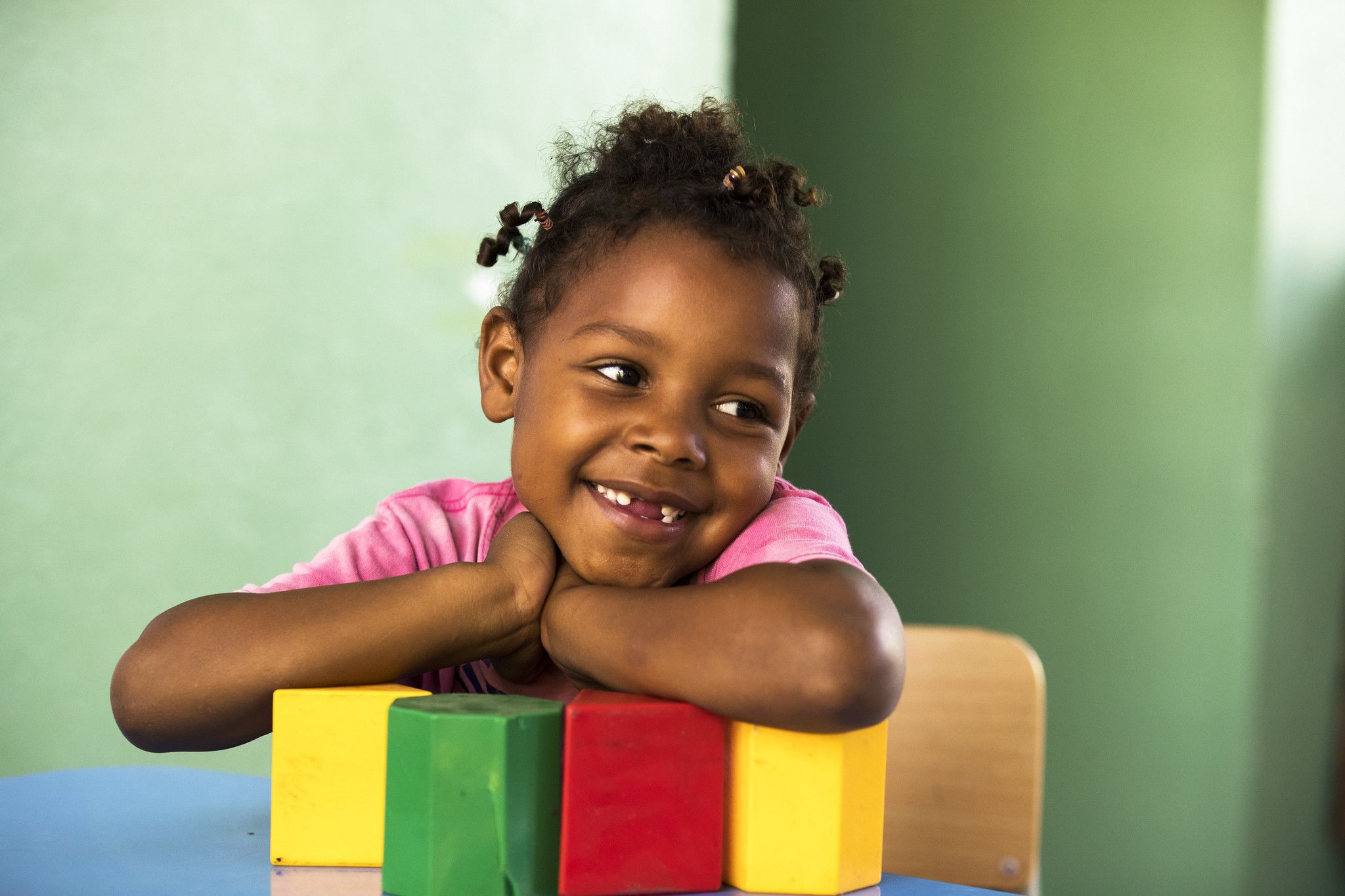
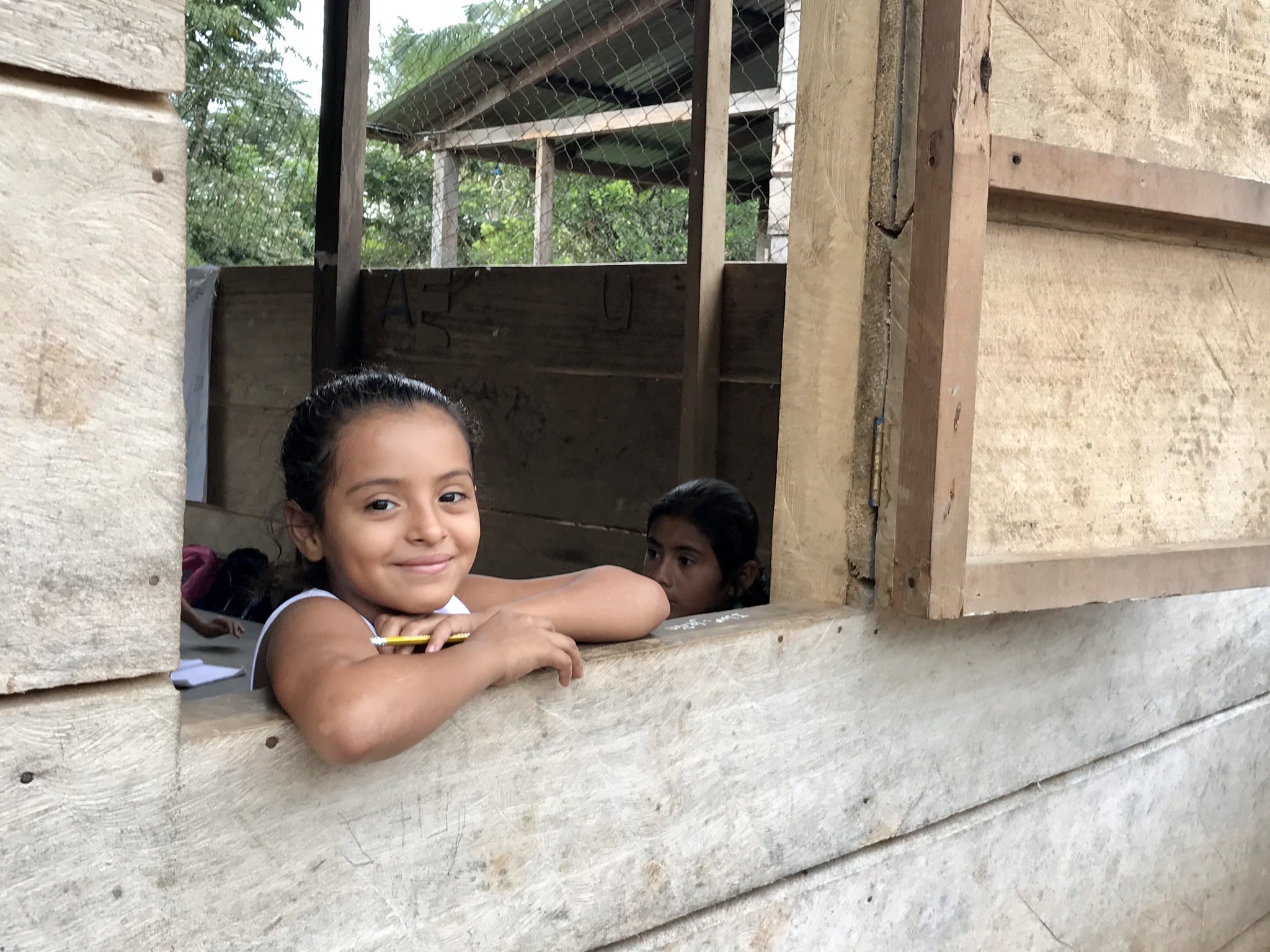
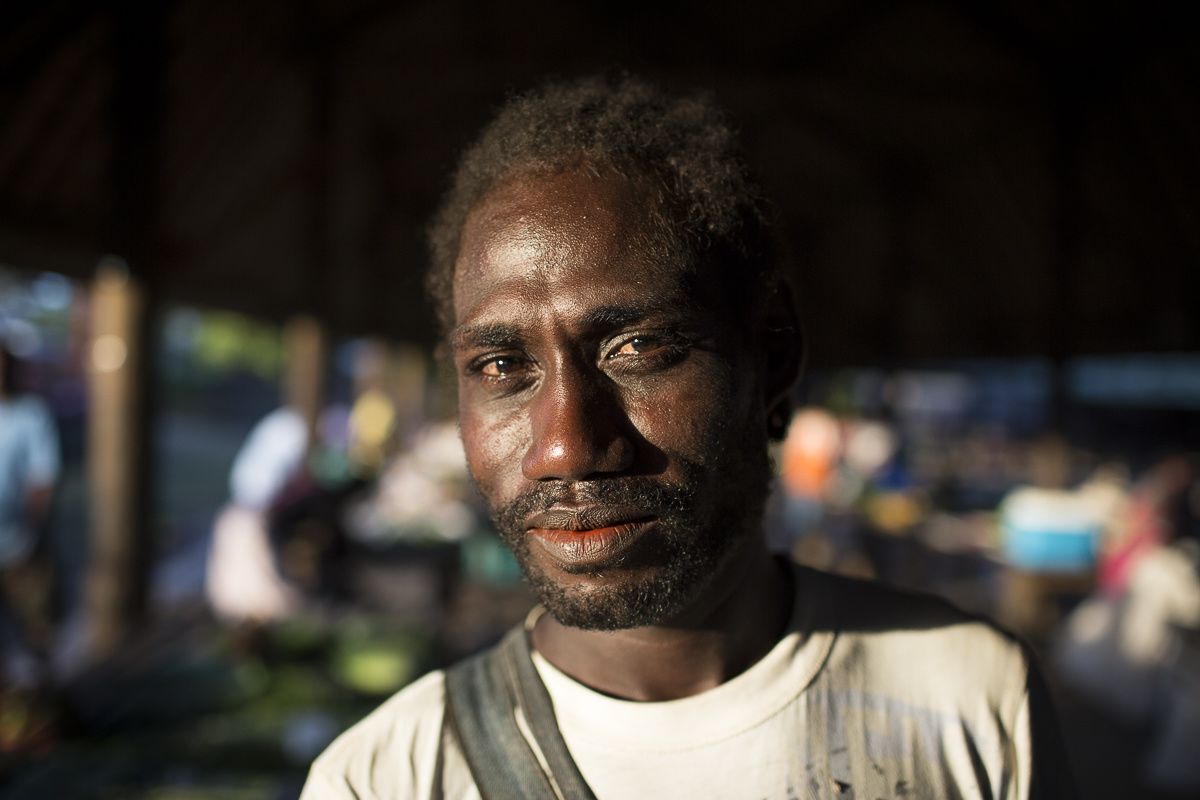

So what can countries do to put poverty reduction back on track?
A resilient recovery will depend on a wide range of policies, but fiscal policy can play an important role. The report identifies three key priority actions in the area for the next few years:
1. Target support to vulnerable and poor citizens, avoid subsidies
More than 90 percent of the countries that took early fiscal action in response to the recent food and energy price crises opted for subsidies. But in addition to distorting prices, with negative impact in the long run, subsidies often benefit wealthier households. For example, half of all spending on energy subsidies in low- and middle-income economies goes to the richest 20 percent of the population, those who consume more energy.
In contrast, programs like targeted cash transfers are far more likely to reach poor and vulnerable groups. More than 60 percent of spending on cash transfers goes to the bottom 40 percent. There is growing evidence that they offer beneficial impacts in the long run, allowing families, for example, make crucial investments such as in the education of children.
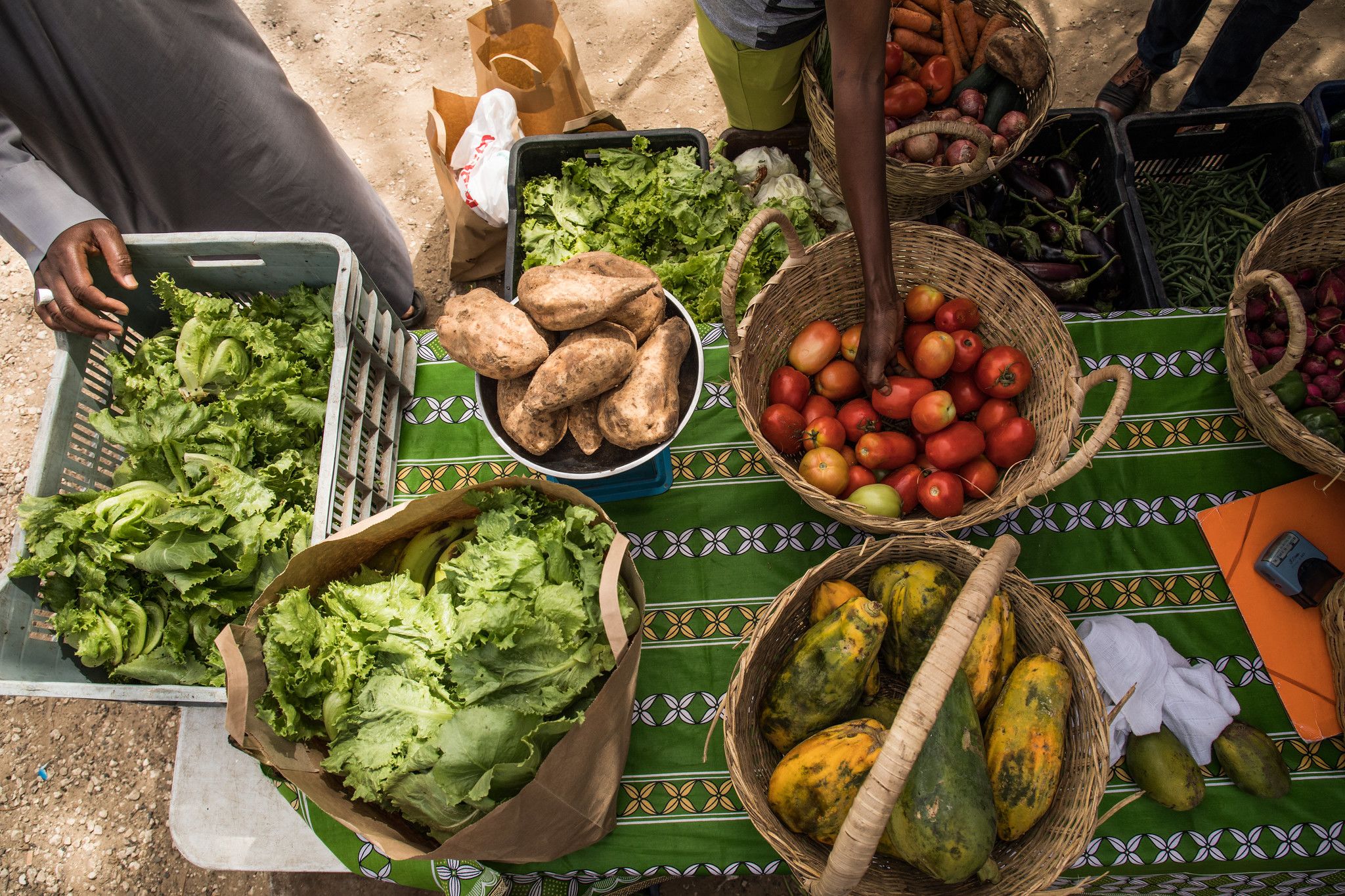
2. Invest to support long-term development
Some of the highest-value public spending—such as investments in the education of young people or investments in infrastructure and research and development—can have a beneficial impact on growth, inequality, or poverty decades later.
Amid crises, it is difficult to protect such investments, but it is essential to do so. COVID-19 has shown that hard-won progress achieved over decades can suddenly vanish. Designing forward-looking fiscal policies today can help countries be better prepared and protected against future crises.
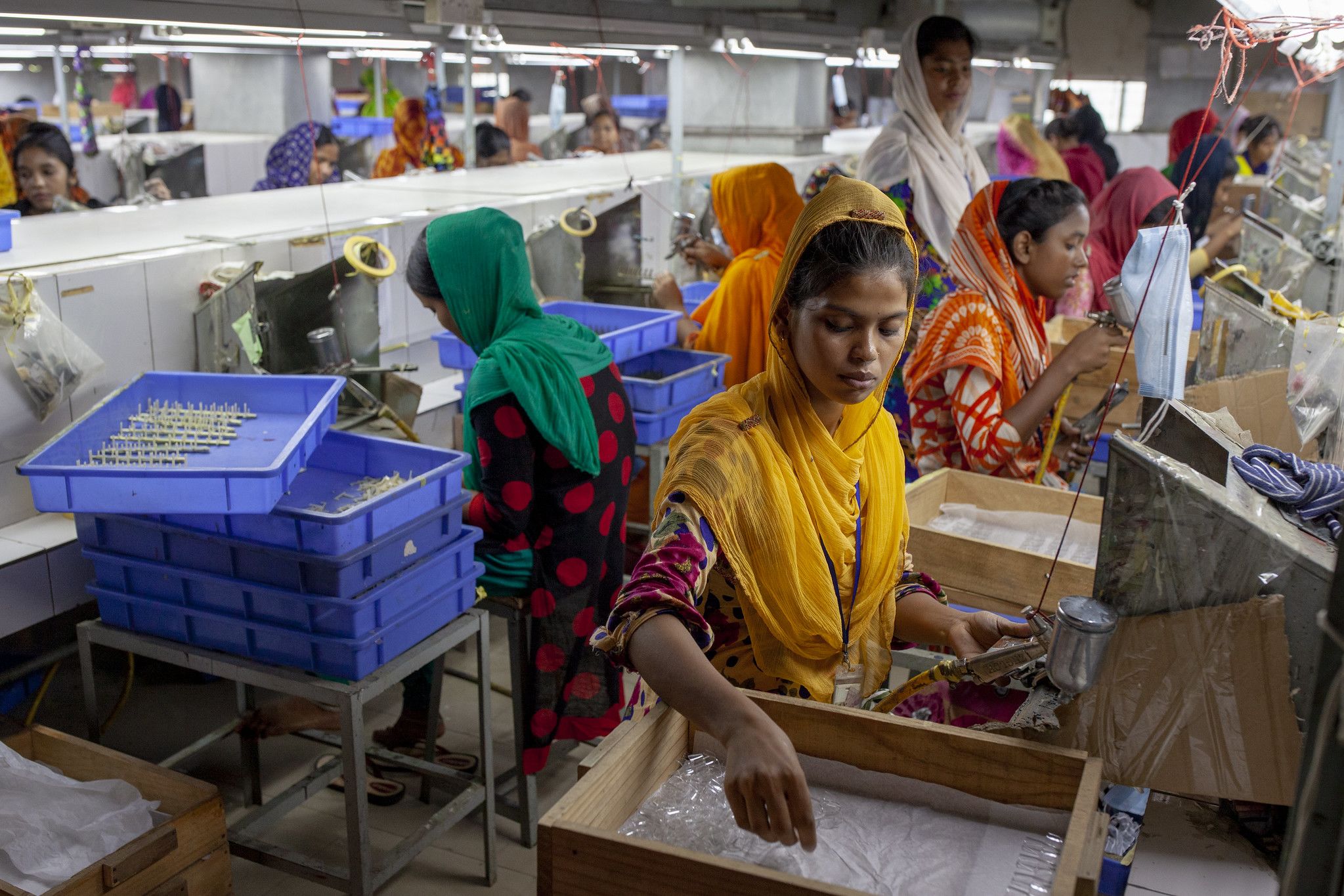
3. Raise revenue without hurting the poor
Property, carbon, and health taxes can help countries raise revenue without necessarily burdening poor citizens. Making personal and corporate income taxes more progressive will help in a similar way. Improvements in digital technology often makes implementation of these reforms easier and less costly than they used to be.
If indirect taxes need to be raised, countries should simultaneously use cash transfers to offset their effects on the most vulnerable households.
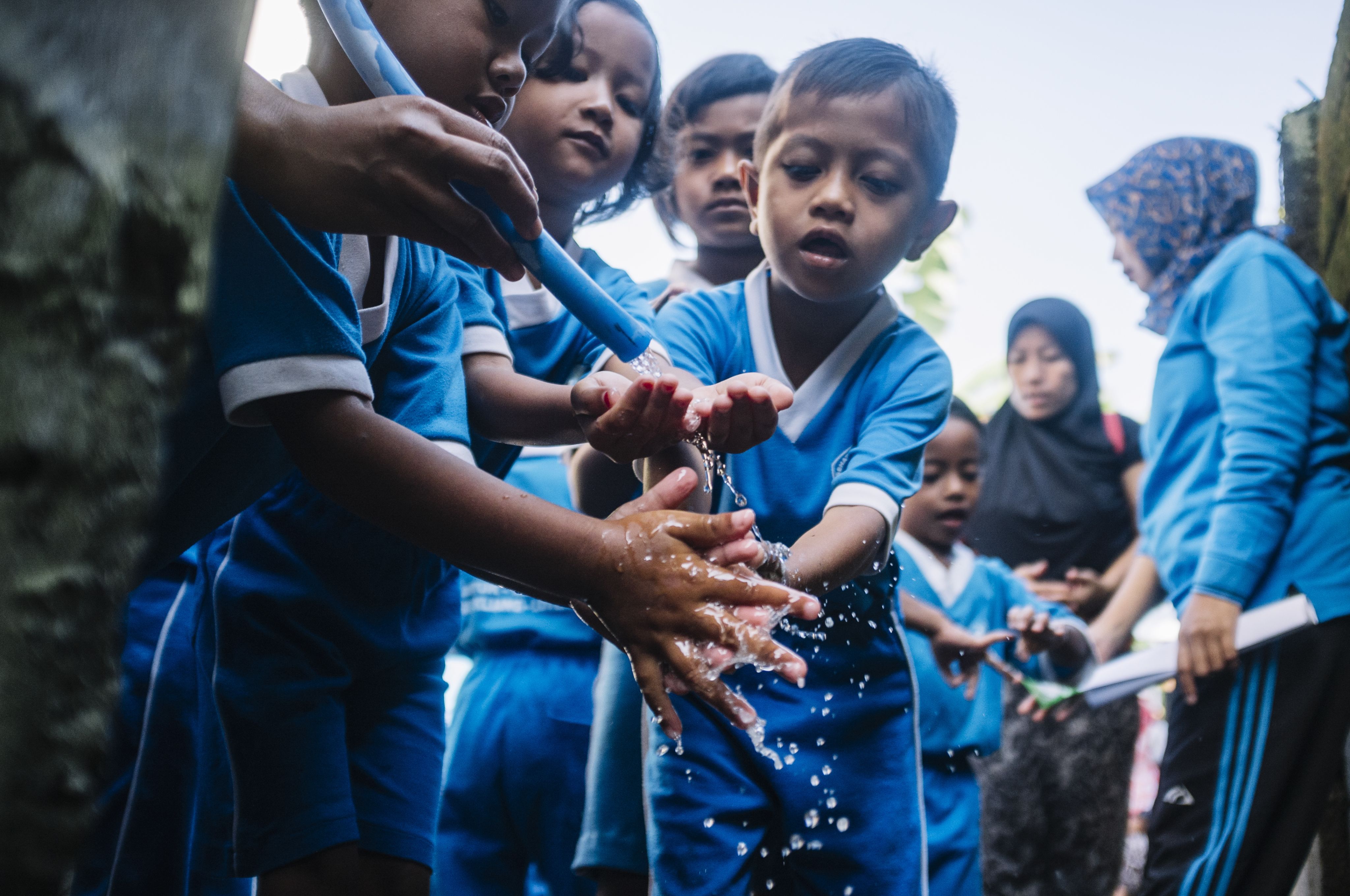
If implemented today, ambitious fiscal reforms designed to promote growth while reducing inequality could help return poverty reduction efforts to the pre-pandemic trend.
It will take heroic efforts toward more effective fiscal policy choices to restore the pandemic-related losses in the next four to five years, and this will not be enough to get the world back on course to ending poverty by 2030. But even if these efforts prove insufficient to reach the 2030 goal, they must begin now—for the sake of a lasting recovery from the overlapping crises of today.
Even smaller initiatives—when well-designed and implemented—can have a real impact on families like Noumekpo’s.
The Togolese mother says that if it weren’t for the two years of regular cash transfers, her family would have reached “the bottom of the barrel” during the darkest moments of the pandemic. Noumekpo now celebrates an upswing in the family’s palm-oil business.
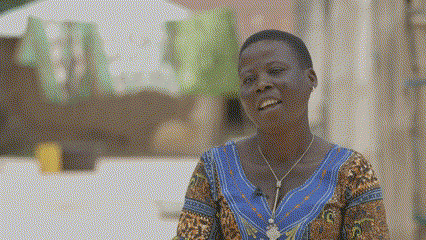
“For the first time, my husband and I started to count money. It was a small profit, but to us, it had great value.”
The Lessons of the Pandemic
More than two years after the onset of COVID-19, an analysis of policy measures implemented during the pandemic provides new insights on fiscal responses and poverty.
Gone too soon
Income support was withdrawn too quickly from some vulnerable groups for whom employment and earnings in 2021 and 2022 were still much lower than before COVID-19. Higher food and energy prices were hurting many of these households, such as the urban poor.
The average duration of COVID-19 support programs was four-and-a-half months, but most programs lasted less than three months. Nearly half of new programs were one-off transfers. Only about one-fifth of programs were still active in early 2022.
Fixing market failures
Kickstarting economic growth in countries struggling to recover from COVID-19 doesn’t require spending more but spending better. Directing resources to address market failures is often more cost-effective in the long run than subsidies.
For example, input subsidies can raise agricultural production in the short run, but they can also increase market distortions. Well-designed policies in extension and market support can increase investment and productivity among smallholder farmers and result in higher income in the long term.
